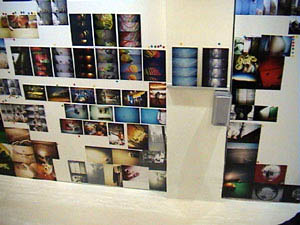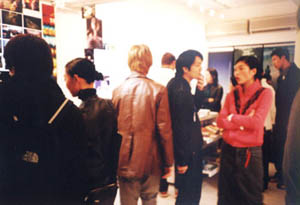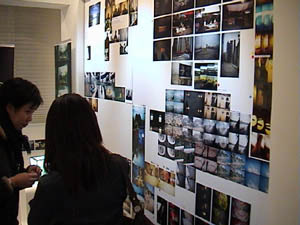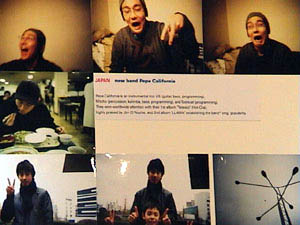SIDE B POSITIVE EXHIBITION
HAPPENINGText: Mlee, Wing Yu Yeung
Talking about the submitted photographs, Brachet says, “There’s no requirement for the submission. The good thing is that you have a good variety of pictures – portraits, abstract, realistic and panoramic works. You get good ideas of what’s going on in people’s head. There’s nothing artificial. I am very happy that people can take what they think are positive pictures.”

Brachet remembers that pictures from Hong Kong were very dark and depressing in the early days of Lomo Cha Cha, each picture was very anonymous. But it’s slowly getting much more upbeat. “It has kind of grown up. It’s like joining a community. In the beginning you are more careful of what you said. After that you feel more natural. Every artist’s first collection is a little bit darker.”
“In Hong Kong, Lomo people are mostly designers not photographers. They take it quite seriously here. In Taiwan it’s totally different. There are so many close-ups with people making faces. Their community is usually composed of non-artistic people who have nothing to do with art. Some of them do boring jobs, so they see it (taking Lomo picture) as joining a club, it’s like finally, they can have a hobby. They don’t have pressure. It’s not about having to buy latest gadgets. They want something very simple. As opposite to graphic designers, they are much more natural and warm.”

“In Japan… It’s difficult to say, not many people submitted works. They don’t really participate that much. It’s a bit like Hong Kong – very dark. I don’t get much emotion from the pictures from Japan.”
“Hong Kong people like taking streets shots. For Taiwan, it’s always people. They take crazy pictures, a bit too many karaoke pictures (laughs). As for Singapore, they are probably a little bit pretentious – since all of them are designers. It’s very interesting to see that every country has a different approach.”

No matter how different Lomo is used in various countries, Brachet always thinks that colour is the principle of Lomography. He says, “Lomo makes me discover colours again. The primary colours will come out in each picture. I take pictures only because I see colours, I don’t see the colours, I don’t bother. Many designers, photographers are using Lomo not just because how we market it. It’s because they want to build their own image bank. They take their own images with Lomo, and they are more personal.”

What does he think about digital cameras? “Personally, I think digital camera is very useful for instantly capturing and transmission, but I also hate it, because you can now delete it and redo it, over and over again.” “Some people said to me, ‘maybe you should do digital lomo cameras.’ But why would you want to compete with digital cameras? I don’t like the idea of collecting bytes of pictures in the computer. I like them in a physical album.”
Read more ...





